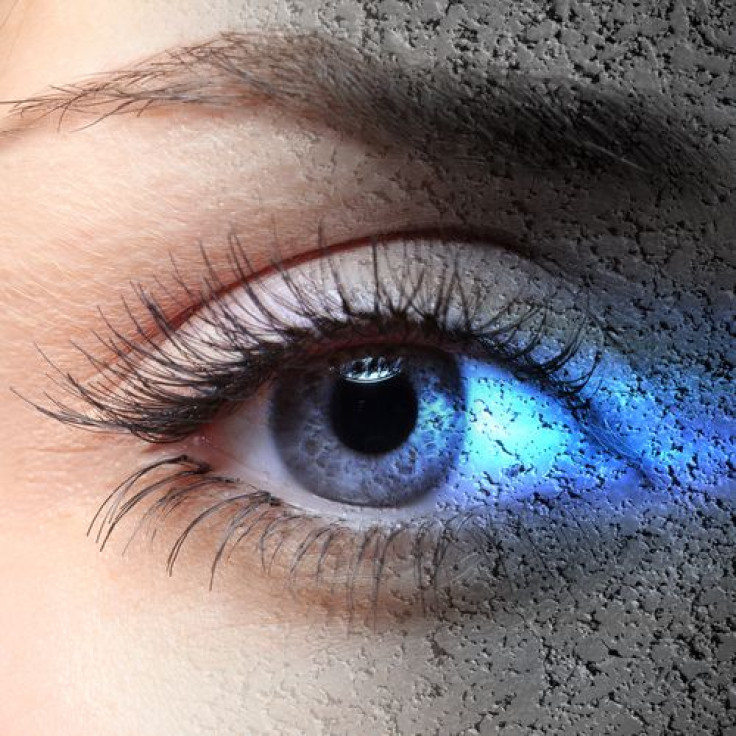The Imperfect Visual Perception System: How Our Brains Weave A Story Out Of Broken Bits

Imagine walking down the street talking with a friend. As the sun moves behind a cloud, your friend’s face becomes shadowed, and as he speaks, he turns toward you, sometimes away, his expression changing subtly all the while. “The information reaching your eye is incredibly complicated and detailed,” Dr. Jason Fischer told Medical Daily. “Yet, your friend’s face remains stable.” Working at UC Berkeley with David Whitney, associate professor of psychology, Fischer discovered the brain mechanism, a continuity field, which helps us block out all the irrelevant details routinely happening before our very eyes. “We found that visual perception in humans is serially dependent, using both prior and present input to inform perception at the present moment,” the researchers wrote in an article appearing in the journal Nature Neuroscience. In other words, our brains take the messy and jagged bits of information received by the eye and assemble a neat and fluid story.
Accuracy or Continuity?
The two researchers recruited 12 adult participants, roughly between the ages of 20 and 30 — the years of peak visual acuity. Seated before a computer, the participants began a series of experiments that were variations on the same basic theme. “We presented an image on the screen once every five seconds,” Fischer said. “You can think of it as a bar that could be rotated at any angle.” This bar, which appeared as a dark gray, would appear on the screen and then disappear. Next, the participants saw a white bar, and using the arrow keys on the computer, they would rotate the white bar to match the angle of the darker bar they had just seen. Hundreds of times, the participants performed this task with bars appearing on their screens set at random angles.
What did the researchers discover? Instead of precisely matching the orientation of the grating, participants averaged out the angle of the three most recently viewed gratings. "Even though the sequence of images was random, participants' perception of any given image was biased strongly toward the past several images that came before it," Fischer said. The researchers refer to this phenomenon as "perceptual serial dependence." Our human visual system essentially sacrifices accuracy to continuity.
“It was a surprising discovery,” Fischer told Medical Daily. “We had hypothesized this might be the case, but we really didn’t know going into it.” His hunch is that this comes about developmentally, with our brains learning from infancy that the natural environment usually doesn't change suddenly, and so our brains apply that knowledge to make our visual experience more consistent from one moment to the next.
Going forward, Fischer anticipates further work in this area of perception. “I think there’s a lot to do in this thread, to try to understand a little bit more about serial dependence,” Fischer said. Along with working to understand whether there are certain times or circumstances when this stability mechanism shuts down, Fischer would also like to explore how the human brain fine tunes this process. He explained, “We would love to do a brain imaging version of this experiment, but we need to think carefully about how to find the locus of the effect in the brain.”
Source: Fischer J, Whitney D. Serial dependence in visual perception. Nature Neuroscience. 2014.



























